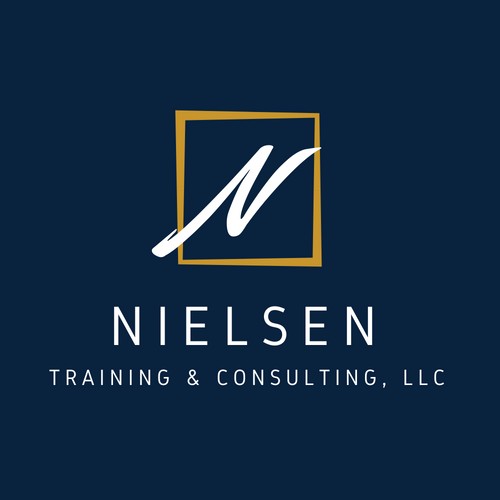Imagine for a moment that two employees begin similar jobs on the same day. One employee receives a book, and instructions to read it in order to learn about the job responsibilities and company. The other employee meets with the CEO and key individuals within the organization who provide information, address questions, and provide a pathway for future conversations. Which employee would you expect to be more effective in their new endeavor? Most would agree that the employee who enjoyed a more personalized experience will be better equipped to thrive. Introducing new members to your nonprofit board team is no different.
Board orientation is an important but overlooked component of the overall effort to develop “Board Champions.” We often spend a lot of time discussing our expectations of board members and where we will look to recruit these leaders, but far less time on how we will ensure that they are put in a position to excel once they join the team. Offering a new board member a comprehensive introduction is essential and invaluable to an organization. A thoughtful approach to nonprofit board orientation provides a thorough understanding of the mission of the nonprofit and individual roles and responsibilities.
Do all board members need an orientation, even the seasoned ones?
Knowing how to be an effective nonprofit board member is a learning experience. No one is born with this gift. It requires an investment of time and effort from the organization, existing board leaders, and the new board member. The benefit to new board members is obvious. However, even the most seasoned board members, who have served on nonprofit boards in the past, need to become familiar with the lay of the land to ensure they understand the objectives of the organization and the role they will play. There is also value in board members sharing a common experience through the orientation process, as it becomes part of the board culture and way of welcoming and introducing members to the team so they might be successful.
What should we include in our nonprofit board orientation?
Effective orientations include:
History of the organization
Organizational structure
Current programs/projects
Strategic direction
Financial overview
Goals and expectations
Housekeeping (e.g., how often does the board meet? When? Where? Committees?)
Any other tips for an effective nonprofit board orientation program?
There is no replacement for in-person communication. Effective orientation for a new board member includes time spent with the CEO, board and staff leaders.
A thoughtful orientation session should also include and highlight the organization’s compelling plans and vision for the future. This is a golden opportunity to inspire the passion and imagination of the new board member, one that will serve to inspire rather than impose commitment. Your board members are ambassadors for the organization – give them the tools to inspire others!
Consider creating a mentoring program that will pair the new board member with an existing, effective board member who can instill confidence, provide insight and share experience. This can be a powerful tool and can go a long way in developing meaningful relationships and cohesion among board members.
Developing a highly effective board doesn’t happen overnight, but is the product of intentionality, engagement, and effort. That’s why I created Board Champions — a customizable board development program designed to partner with you in building a board team capable of translating bold vision into reality. If you’d like to learn more about nonprofit board orientation or other aspects of building and leading a dynamic board, let’s connect!


